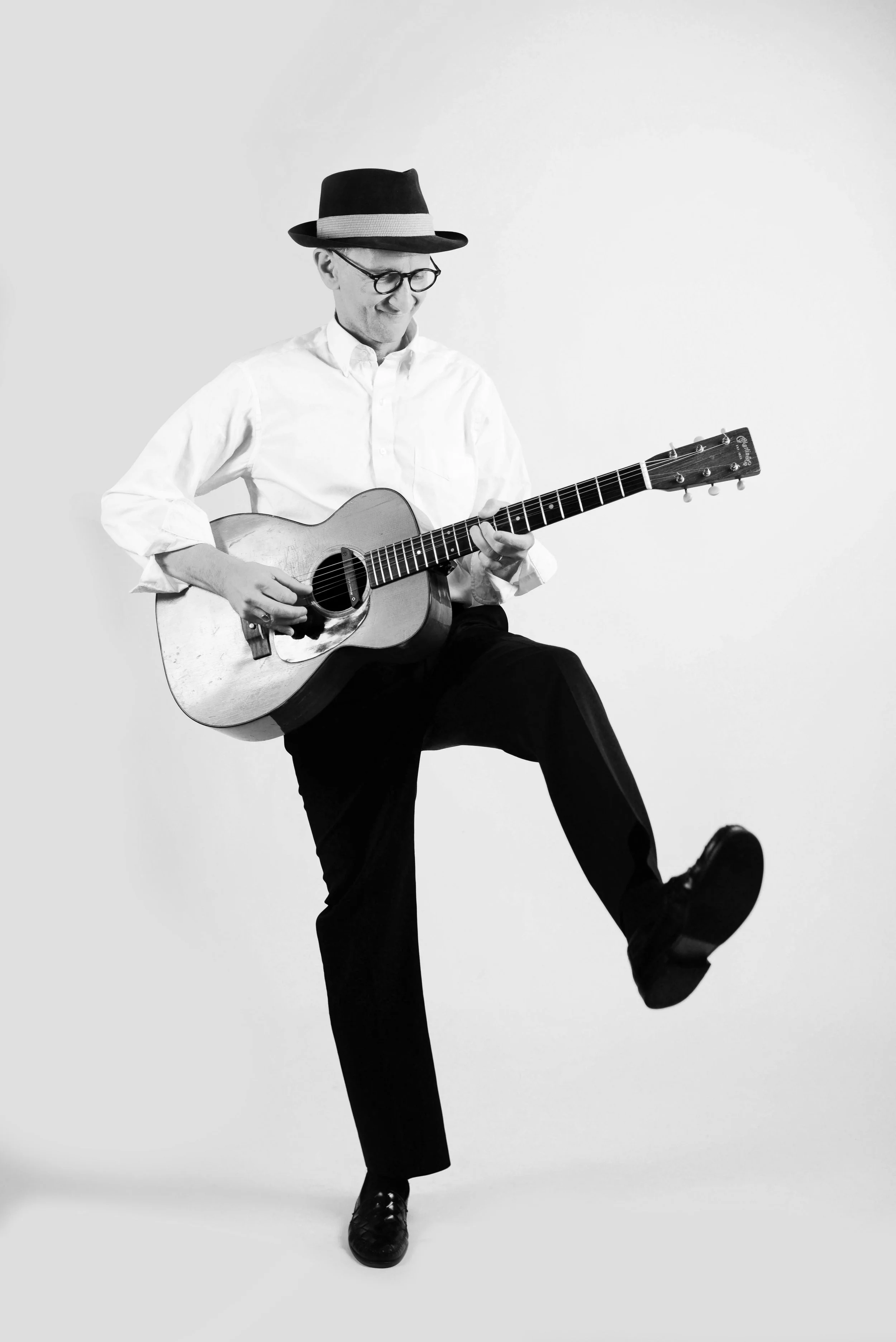Thank a friend for those smooth jazz jams
World Sounds At NiaSounds
What Is Ambient Music?
In our modern music world, it’s easy to get lost in the sheer number of musical genres. Post-punk? Drone? Progressive house? And what constitutes a “house” song anyway?
One genre that’s difficult to explain is ambient music. The term obviously has something to do with ambiance, but what exactly constitutes the “ambient” label? How does it differ from similar sub-genres such as new age or experimental?
The Term
Similar to many genre definitions, the answer changes depending on who you ask. For example, Merriam-Webster defines the word ambient broadly as “surrounding on all sides,” yet features a curious footnote when it pertains to electronic music: “quiet and relaxing with melodies that repeat many times.”
Perhaps the best person to ask is the man credited with coining the term, “ambient music.” In the sleeve notes of his hit 1978 album, “Music For Airports,” English musician Brian Eno attempts to define his new musical sound with the term “ambient music.” He says that ambient music is “designed to induce calm and space to think,” and that ambient music should “…accommodate many levels of listening attention without enforcing one in particular; it must be as ignorable as it is interesting.”
Ambient In Action
This goal of ambient music, to neither be particularly interesting or too boring, makes it differ wildly in comparison to more familiar genres like rock or jazz. However, the focus of ambient music on feelings and atmosphere make this genre of music a perfect choice to use when curating soundtracks. Ambient music from artists such as Bob Holroyd and Bliss convey feelings of inner reflection and grand adventure on many NiaSounds compilations such as the U soundtrack and the ZenSation soundscape.
We describe other popular uses for ambient music in our “Ambient Music Makes Life Easier” piece.
Contact us for licensing opportunities to have a custom sonic landscape curated for your project.








